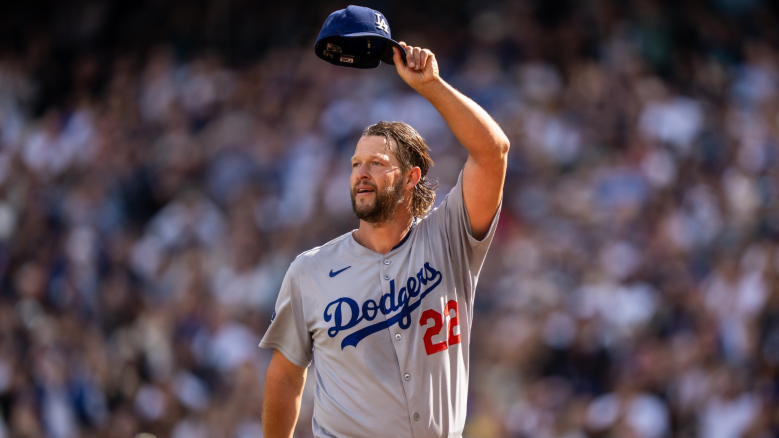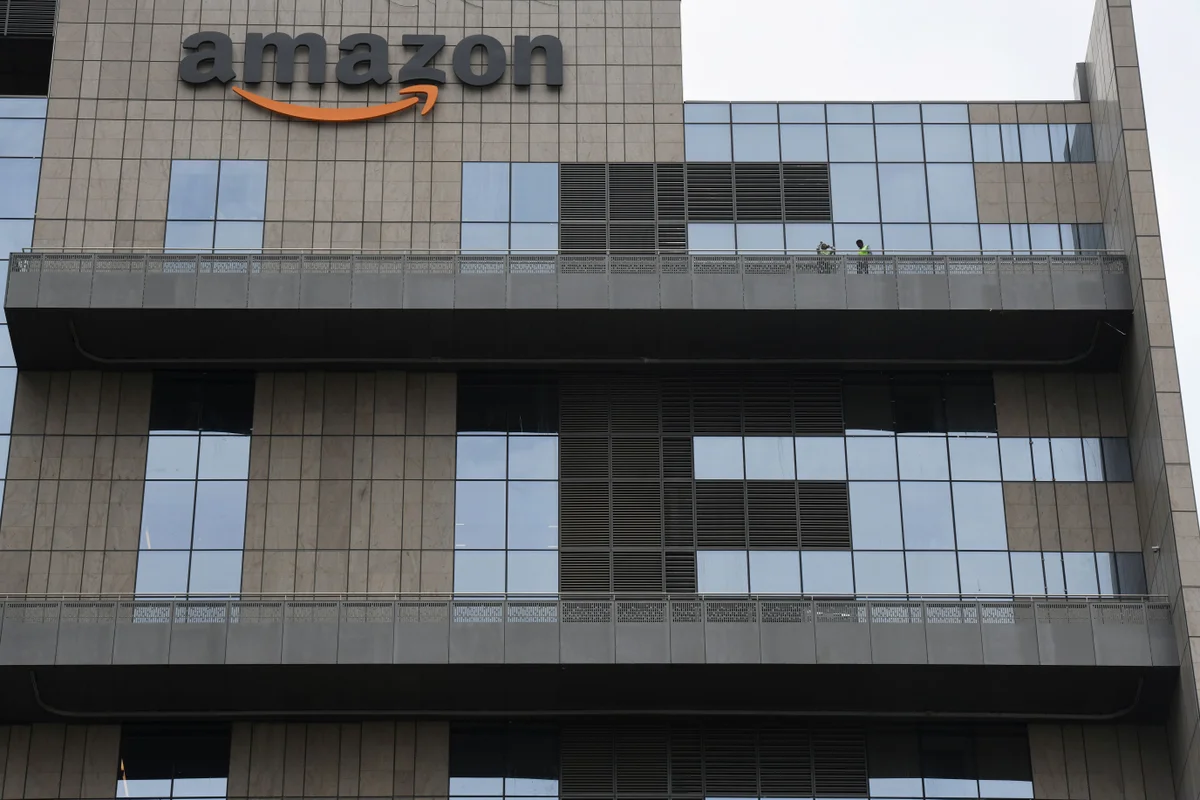
The Los Angeles Dodgers will enter the Wild Card round without one of their most iconic pitchers. Manager Dave Roberts confirmed that Clayton Kershaw will not be on the playoff roster, marking what could be the end of an era for both the pitcher and the franchise. After Sunday’s start against the Seattle Mariners, Kershaw may have thrown his final pitch in Dodger blue.
Dodgers Prioritize Depth Over Legacy
At 37 years old, Kershaw gave the Dodgers more than expected during a season filled with rotation injuries. He made 21 starts, earned a 10-2 record, posted a 3.52 ERA, and logged 107 innings. It wasn’t peak Kershaw, but it was steady, dependable, and gave Los Angeles the stability it needed when big arms went down.
When postseason roster decisions were made, the Dodgers relied on their newer, healthier frontline starters. Yoshinobu Yamamoto, Blake Snell, and Shohei Ohtani are lined up for the Wild Card round. Tyler Glasnow and Emmet Sheehan also figure prominently, with Roki Sasaki a possible bullpen option.
Roberts explained the approach clearly: the Dodgers want arms they believe can dominate in short October series. “We want to go with our best,” he said, noting why Glasnow and Sheehan saw shortened starts recently to prepare for playoff use.
That left no spot for Kershaw. Unlike other veterans who moved into bullpen roles late in their careers, the Dodgers decided not to push Kershaw into that adjustment. For this postseason, he has no role.
A Hall of Fame Career Nears Its Final Chapter
For Dodgers fans, this moment feels like more than a simple roster shuffle. It’s a symbolic passing of the torch. Kershaw defined the franchise for over a decade as a three-time Cy Young winner, one-time MVP, 11-time All-Star, and two-time World Series champion. His résumé guarantees first-ballot Hall of Fame induction, securing his place among the greatest pitchers of his generation.
Kershaw’s postseason legacy has always been complicated. For every dominant start, there were tough October nights where injuries or fatigue caught up with him. Now, with age and health limiting how deep he can pitch into games, the Dodgers prepare for life without him anchoring the rotation.
If Sunday marked his last appearance, Kershaw went out the same way he carried himself for 17 years: competing. He may not have shown his peak velocity, but he battled, delivered innings, and left everything on the mound.
Meanwhile, the Dodgers pursue their second straight championship with a rotation built for the present, not the past. The decision reflects how much the team has changed, relying on international signings and big-ticket free agents to carry October ambitions.
Kershaw’s next pitch may not come this postseason. It may never come again. Whether he retires now or waits until the offseason, the message feels clear: the Hall of Fame awaits, and Los Angeles must win in October without its longtime ace.



